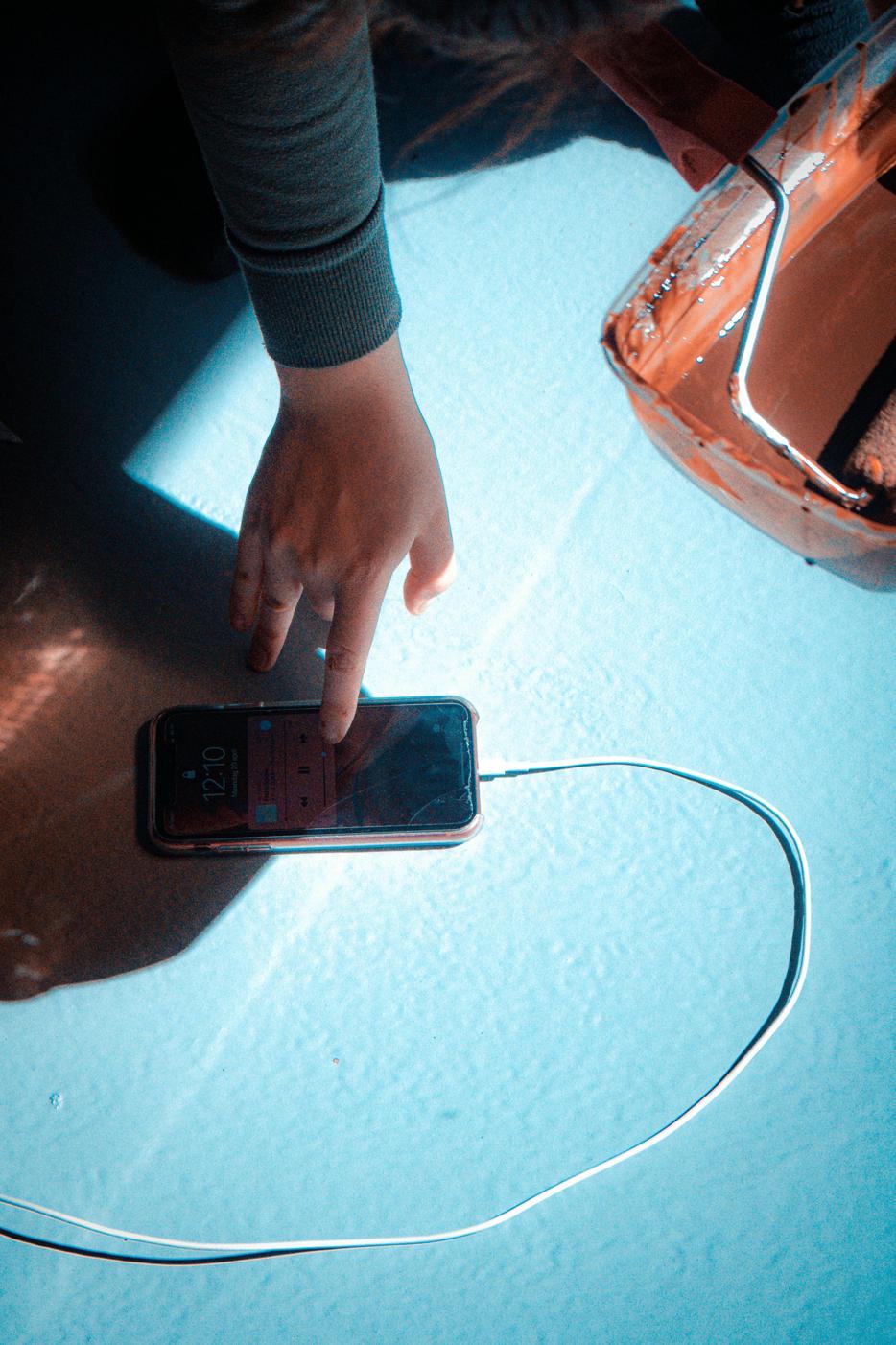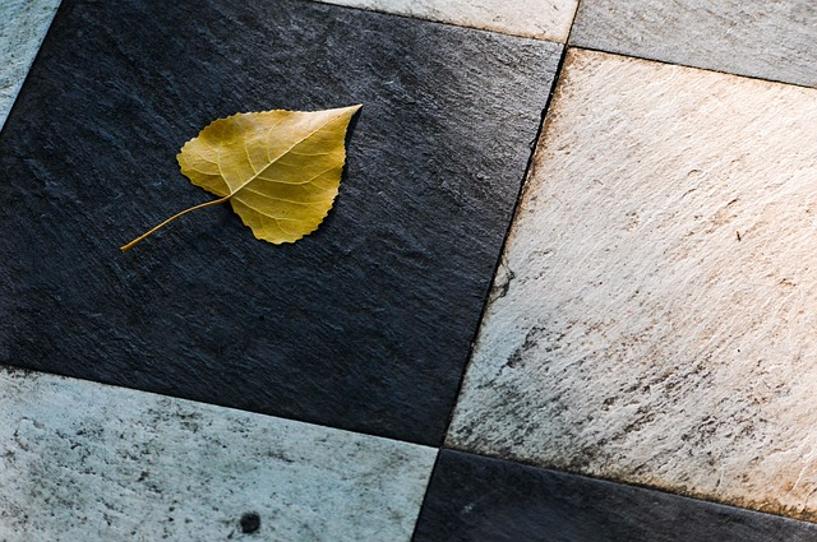Introduction
Are you struggling to keep your floors spotless? A floor scrubber could be the perfect solution. Floor scrubbers are vital tools in maintaining the cleanliness of various floor surfaces. Not only do they make the cleaning process faster and more efficient, but they also ensure a professional-level cleanliness that’s hard to achieve with traditional cleaning methods. In this guide, we will delve into everything you need to know about using a floor scrubber effectively, from understanding its types to the best practices and maintenance tips. By the end of this article, you’ll be well-equipped to keep your floors gleaming.

Understanding Floor Scrubbers
Before diving into the practical steps, it’s important to understand what a floor scrubber actually is. A floor scrubber is a cleaning device designed for industrial and commercial floor cleaning tasks. It operates by dispensing a cleaning solution, scrubbing the floor with brushes or pads, and then vacuuming up the dirty solution. This triple-action mechanism ensures a thorough and efficient cleaning process.
The use of floor scrubbers is prevalent in places with high foot traffic, such as shopping malls, airports, warehouses, and large office buildings. They are invaluable for maintaining hygiene standards and prolonging the life of the flooring material. By combining powerful scrubbing action with the effective removal of soils and stains, floor scrubbers offer a significant edge over traditional mop and bucket cleaning.

Types of Floor Scrubbers
There are several types of floor scrubbers available in the market, each tailored to specific cleaning needs and environments. The main types include:
-
Walk-behind Floor Scrubbers: These are ideal for medium-sized areas. Operators walk behind the machine and steer it, making it perfect for smaller commercial spaces and retail stores.
-
Ride-on Floor Scrubbers: Best suited for large areas like airports and warehouses. They are operated by driving, similar to a small vehicle, and can cover large spaces quickly.
-
Compact Scrubbers: These are smaller and more maneuverable, perfect for tight spaces and cluttered areas like office hallways and small retail spaces.
Understanding the type of floor scrubber that best fits your needs is crucial for effective cleaning.
Preparing Your Floor Scrubber for Use
Preparation is the key to maximizing the efficiency of your floor scrubber. Here’s how to get started:
-
Charge the Battery/Check Fuel: Ensure that your floor scrubber’s battery is fully charged or, if it’s a fuel-powered model, check the fuel level.
-
Fill the Solution Tank: Fill the scrubber’s solution tank with the appropriate cleaning solution. Always follow the manufacturer’s guidelines for dilution to avoid damage or poor performance.
-
Inspect Brushes or Pads: Check the condition of the brushes or pads. Worn-out components should be replaced to ensure effective cleaning and to prevent floor damage.
-
Adjust Settings: Depending on the type of floor and the level of dirt, adjust the scrubber settings. Set the appropriate level of pressure and the right amount of solution to be dispensed.
-
Pre-Sweep the Floor: It’s a good practice to sweep or vacuum the floor before using the scrubber. This helps in removing loose debris that could clog the machine or reduce its efficacy.
With proper preparation, you’ll set the stage for an efficient and thorough cleaning session.
Step-by-Step Instructions for Using a Floor Scrubber
Follow these steps to use a floor scrubber effectively:
-
Start the Machine: Turn on the floor scrubber and ensure it is functioning properly with all systems go.
-
Begin Cleaning: For walk-behind models, push the machine forward over the floor surface. In ride-on models, drive over the area to be cleaned. Ensure you cover the entire area by moving in systematic rows.
-
Dispense Solution: Engage the solution dispensing mechanism to release the cleaning solution onto the floor. The scrubber will simultaneously scrub and vacuum the dirty solution.
-
Monitor the Process: Keep an eye on the scrubber’s performance as you clean. Ensure that the scrubber is adequately dispensing solution and that the vacuum is properly removing the dirty water.
-
Handle Obstacles: Maneuver around obstacles carefully. In tight spots, it may be necessary to adjust the scrubbing path or use a smaller, more compact scrubber.
-
Refill/Empty Tanks: Depending on the size of the area, you may need to refill the solution tank or empty the recovery tank. Keep an eye on tank levels during the process to avoid interruptions.
-
Final Pass: After covering the entire area, do a final pass without dispensing solution to pick up any remaining dirty water and ensure the floor is dry.
By following these steps, you will achieve a thorough and systematic cleaning of your floors.

Best Practices for Effective Cleaning
To get the most out of your floor scrubber, consider these best practices:
-
Regular Maintenance: Ensure the brushes, pads, and squeegees are in good condition. Regularly inspect and replace worn-out parts.
-
Proper Solution Use: Always use the recommended cleaning solutions and follow dilution instructions to avoid damaging the floor or scrubber.
-
Systematic Approach: Clean in a systematic, overlapping pattern to ensure no area is missed. This increases efficiency and ensures a consistently clean result.
-
Train Operatives: Proper training of the personnel using the machine ensures better efficiency and reduces the likelihood of mistakes or machine damage.
-
Adjust Settings: Match the settings (brush pressure, solution flow) to the type of floor and the level of soiling for optimal results.
Implementing these practices will not only extend the lifespan of your floor scrubber but also ensure high-quality cleaning results every time.
Maintenance and Troubleshooting
Regular maintenance is crucial for the longevity and performance of your floor scrubber. Here are some tips:
-
Daily Checks: Inspect the machine for wear and tear. Clean the tanks, brushes, and squeegees after each use to prevent buildup.
-
Monthly Maintenance: Perform deeper maintenance such as battery checks, filter changes, and inspection of hoses and seals. Replace parts as necessary.
-
Troubleshooting Common Issues:
- Poor Water Pickup: Check squeegees and ensure they are not worn or damaged.
- Insufficient Scrubbing: Inspect and replace brushes or pads if necessary.
- Machine Won’t Start: Check the power source, whether it’s the battery or fuel level, and ensure all switches are in the correct position.
Proper maintenance routines will prevent most common issues, ensuring your floor scrubber remains reliable and efficient.
Conclusion
Using a floor scrubber effectively entails understanding its types, proper preparation, and following systematic cleaning steps. Adhering to best cleaning practices and regular maintenance routines will ensure that your floors remain clean and your machine functions optimally. With this guide, you are well on your way to mastering the use of a floor scrubber, ensuring your spaces are always pristine.
Frequently Asked Questions
What types of floors can I clean with a floor scrubber?
Floor scrubbers are versatile and can clean a variety of surfaces, including tile, concrete, vinyl, and hardwood. Always refer to the manufacturer’s recommendations for specific floor types to avoid damage.
How often should I maintain my floor scrubber?
Daily checks after each use and monthly deep maintenance are recommended. Regular maintenance extends the machine’s lifespan and ensures consistent performance.
What safety precautions should I take when using a floor scrubber?
Always wear appropriate footwear and eye protection. Ensure the area to be cleaned is clear of obstacles to prevent tripping. Follow the manufacturer’s safety instructions, including proper handling of the cleaning solution and the machine’s electrical components.
